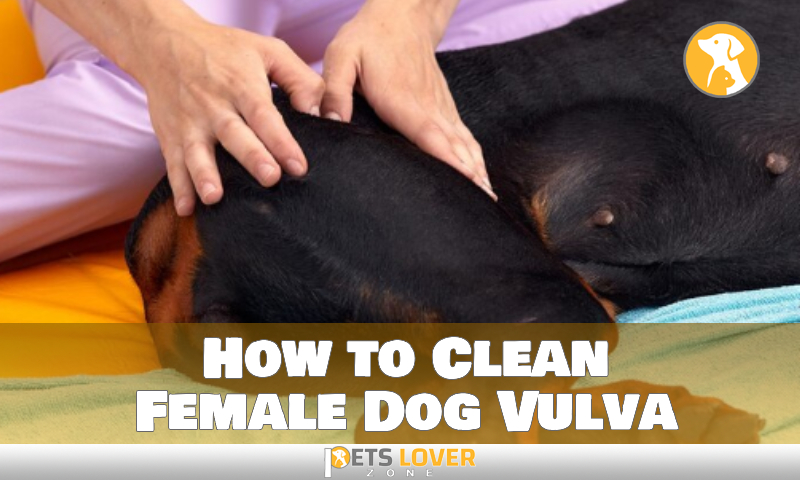To fatten up your Great Dane, increase their calorie intake and feed them a high-quality, protein-rich diet. Great Danes are known for their large size and lean build.
However, some owners may want to fatten up their Great Dane in order to achieve a healthier body weight or to enhance their appearance. It’s important to note that a healthy weight gain should focus on building lean muscle rather than excess fat.
We will discuss various methods to help you effectively increase your Great Dane’s weight in a safe and healthy manner. By following these guidelines, you can ensure that your Great Dane gains weight gradually and maintains optimal health.
Understanding The Great Dane Metabolism

Fattening up a Great Dane can be a challenge due to its unique metabolism. Great Danes have a fast metabolism, which can make it difficult for them to gain weight. Several factors influence their ability to pack on those extra pounds, such as age, activity level, and overall health.
Providing your Great Dane with a balanced diet is crucial for helping them reach a healthy weight. Ensuring their meals contain the right balance of protein, fats, and carbohydrates is essential. Additionally, incorporating high-calorie foods and supplements into their diet can be beneficial.
It’s important to consult with a veterinarian to create a feeding plan tailored to your dog’s individual needs. Understanding the Great Dane’s metabolism and providing them with a nutritious diet can help them achieve a healthy weight.
Crafting A Nutritious Meal Plan

Crafting a nutritious meal plan for your Great Dane starts with assessing their current diet. Determine the required caloric intake based on their size and activity level. Select a high-quality commercial dog food that is specifically formulated for weight gain. Incorporate supplements, such as fish oil or digestive enzymes, to promote healthy weight gain.
Be sure to consult with your veterinarian before making any changes to your Great Dane’s diet. By following these steps, you can ensure that your Great Dane is getting the proper nutrition to help them reach a healthy weight.
Types Of Dog Food To Aid Weight Gain
Great Danes are known for their lean frames, but what if you want to help your dog gain weight? When it comes to aiding weight gain in Great Danes, choosing the right dog food is crucial. Protein-rich kibble options can be a great choice, as they provide the necessary nutrients for muscle growth.
Additionally, wet food can enhance palatability and help your dog eat more. However, it’s important to consider the quality of the ingredients in commercial dog food. Home-cooked meals can be a healthier alternative to ensure your Great Dane gets the necessary nutrients.
Opting for high-quality proteins like lean meats, eggs, and cottage cheese can contribute to healthy weight gain. Remember to consult with your veterinarian before making any significant dietary changes for your Great Dane to ensure their overall well-being.
Adding Supplements For Weight Gain
Great Danes require proper nutrition to maintain a healthy weight. Adding supplements can help you gain weight. Probiotics support gut health and nutrient absorption in dogs. Fish oil is crucial for healthy fat and coat condition. High-calorie supplements provide the extra calories needed.
By incorporating these supplements, you can ensure your Great Dane gains weight and maintains optimal health.
Exercise Regimen For Muscle Building
To fatten up your Great Dane, you should focus on an exercise regimen that promotes muscle building. Engaging in low-impact activities is beneficial, as it reduces strain on their joints. Incorporating strength training exercises can help increase muscle mass.
By tailoring exercise routines specifically for Great Danes, you can ensure that you are providing them with the appropriate level of physical activity. It’s important to remember that each dog is unique, so it’s essential to consider their age, weight, and overall health when developing an exercise plan.
Regularly monitoring their progress and adjusting the routine as needed will help them achieve their optimal weight and muscle development. Keep in mind that consistency and patience are key when it comes to building muscle in your Great Dane.
Common Mistakes To Avoid
Fattening up a Great Dane requires careful attention to avoid common mistakes. One such mistake is overfeeding, which can lead to weight gain and health issues. It is important to strike a balance between providing nutrition and not overindulging. Another mistake is relying solely on treats or human food, as these can be high in calories and lack essential nutrients.
A consistent feeding schedule and portion control are crucial for maintaining a healthy weight. By avoiding these mistakes and focusing on a balanced diet, you can help your Great Dane gain weight in a healthy manner.
Monitoring Progress And Adjustments
Monitoring the progress of your Great Dane’s weight gain is crucial. Regular weigh-ins allow you to track their development and make necessary adjustments. Assessing their body condition score helps you determine if they are gaining a healthy weight. By assessing this score, you can ensure that your Great Dane is not overweight or underweight.
Making necessary adjustments to their meal plan and exercise routine will help them gain weight in a controlled and healthy manner. Keep an eye on their body condition and adapt their feeding and exercise accordingly to ensure optimal weight gain for your Great Dane.
Final Thoughts
In order to fatten up your Great Dane, it is important to be patient and consistent throughout the weight gain journey. Consulting with a veterinarian is crucial. A professional can provide you with proper guidance and ensure that your dog’s health is not compromised in the process.
By following their advice, you can create a customized plan that includes the right diet, portion sizes, and exercise routine to gradually increase your Great Dane’s weight. It is important to remember that weight gain should be done in a healthy manner, to avoid any negative impacts on your dog’s overall well-being.
So, stay committed, follow the plan, and be patient as you work towards achieving the desired results for your Great Dane.
FAQ
How Do You Get A Great Dane To Gain Weight?
To help a Great Dane gain weight, gradually increase their food portions and consider switching to a high-calorie diet.
How Skinny Is Too Skinny For A Great Dane?
A Great Dane is considered too skinny when its ribs, spine, and hip bones are easily visible.
What Foods Help Dogs Gain Weight?
Certain foods can help dogs gain weight: high-quality protein sources like chicken, beef, and fish, along with healthy fats such as fish oil and coconut oil.
Conclusion
To sum it up, helping your Great Dane reach a healthy weight is essential for their overall well-being. Whether they are underweight or simply need a little extra bulk, there are several strategies you can implement. Start by ensuring they are on a balanced and nutritious diet, rich in high-quality proteins and healthy fats.
Gradually increase their portion sizes and consider adding calorie-dense supplements or wet food to their meals. Regular exercise is also crucial, as it helps build muscle and maintain a healthy metabolism. Don’t forget to monitor their progress and make adjustments along the way.
Remember, consulting with a veterinarian is always a good idea to ensure you are taking the appropriate steps for your Great Dane’s specific needs. With a little patience and dedication, you can help your furry friend achieve a healthy weight and enjoy a long and happy life together.






